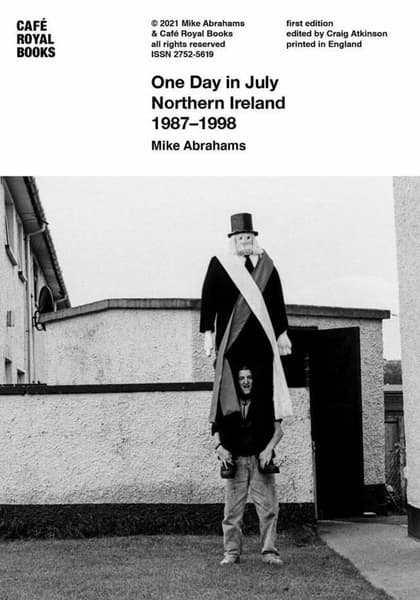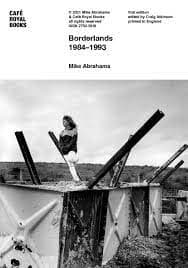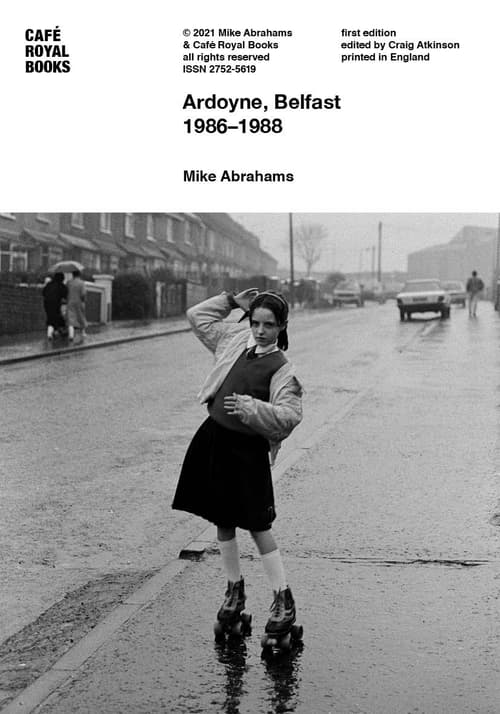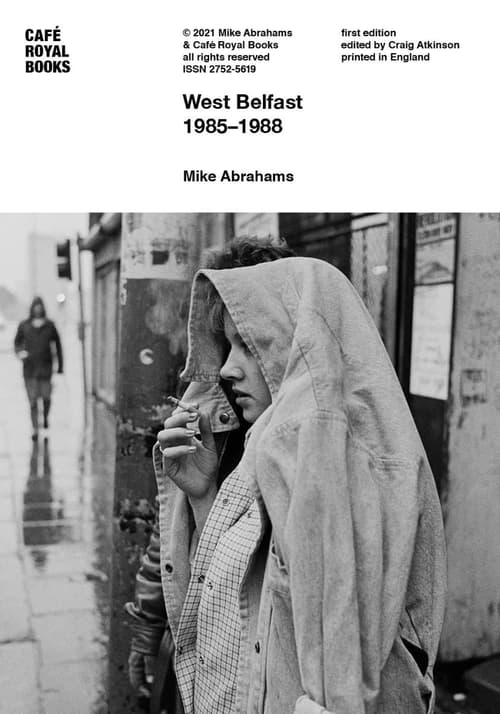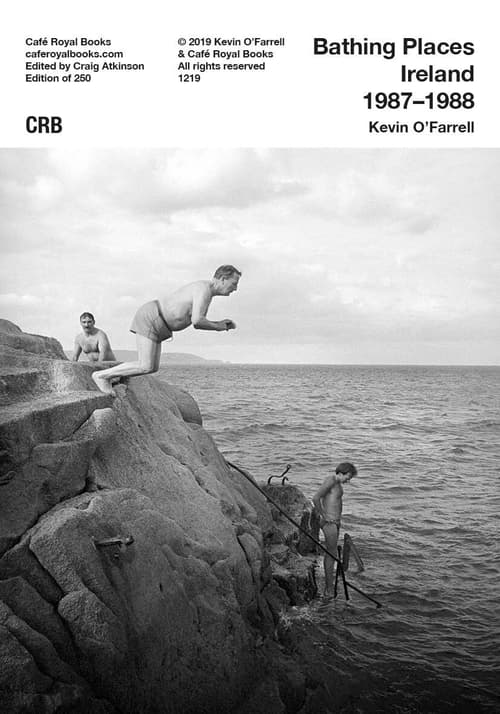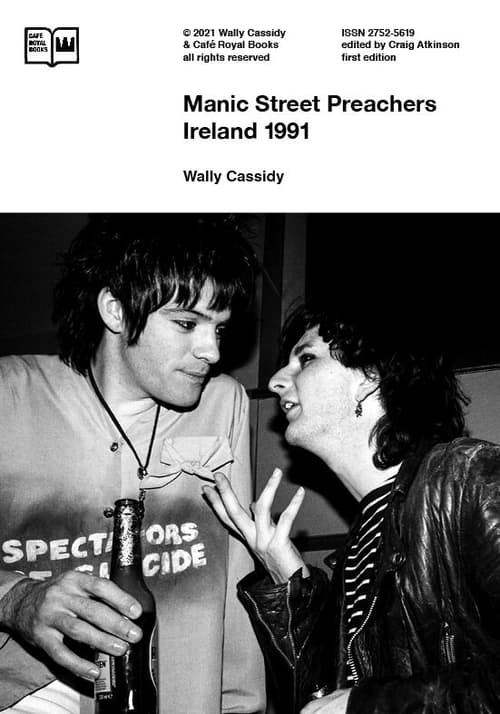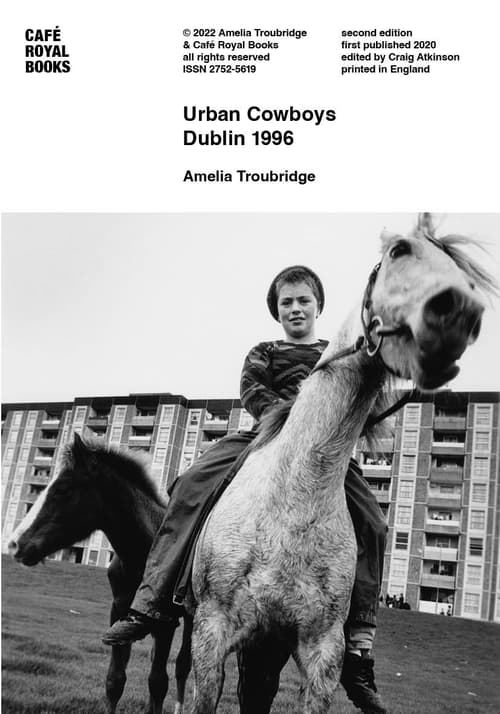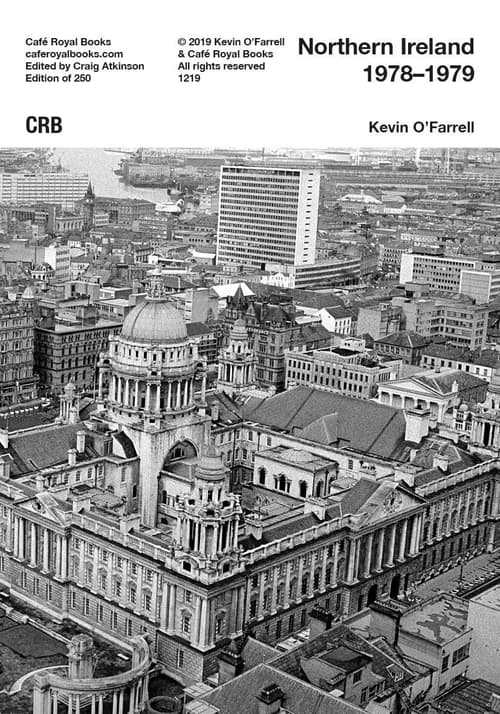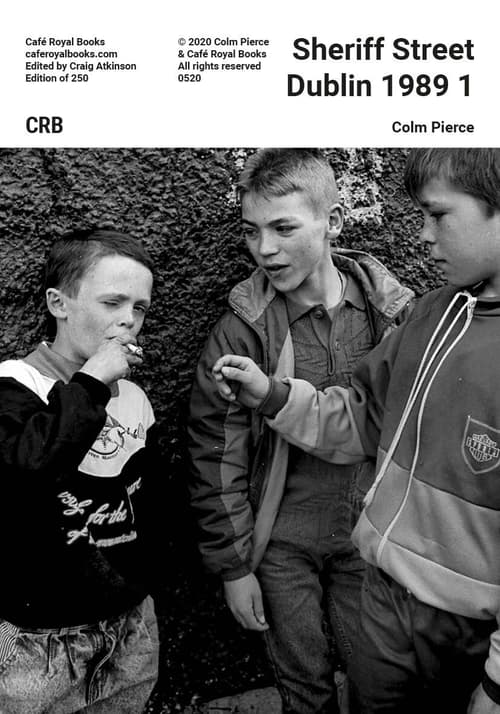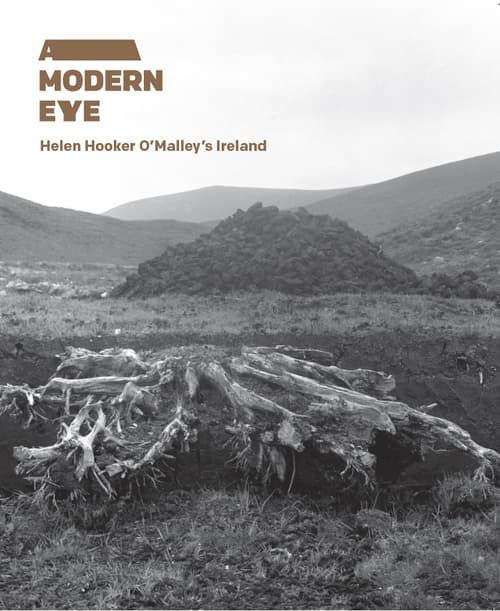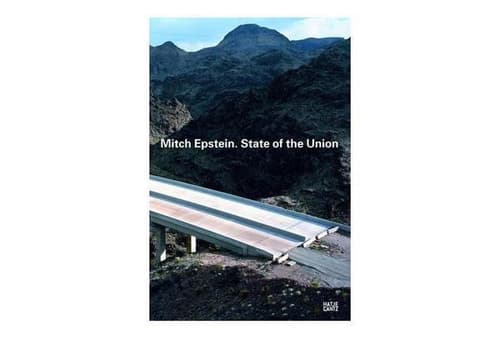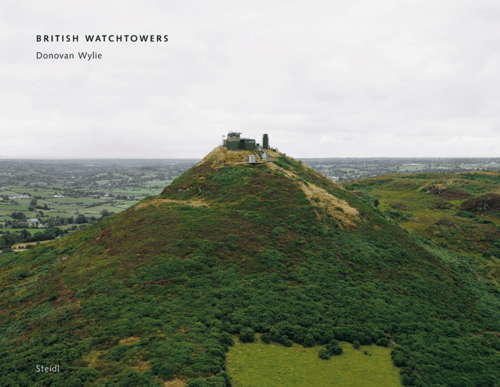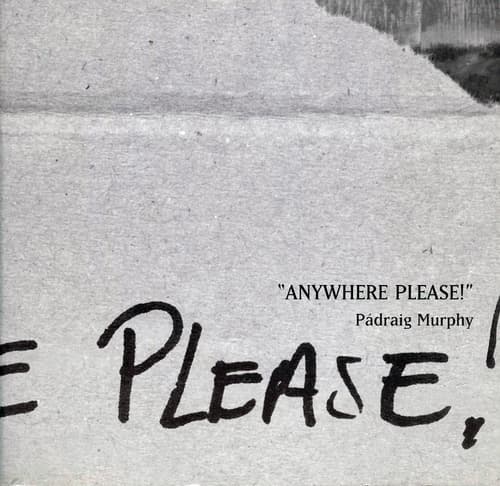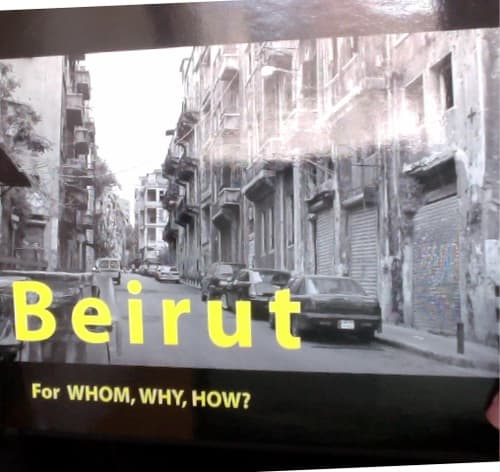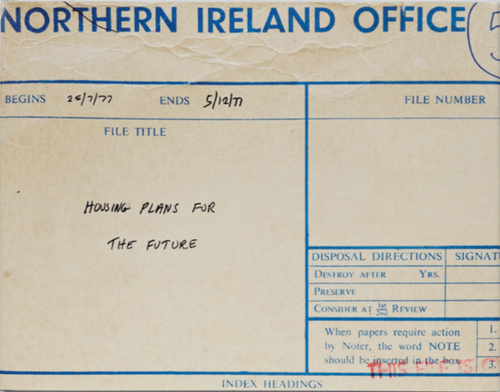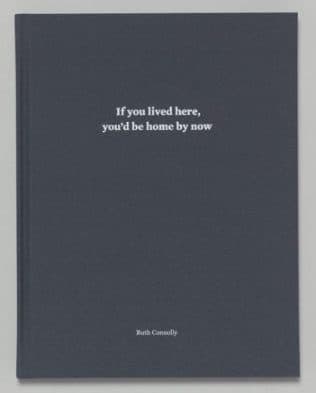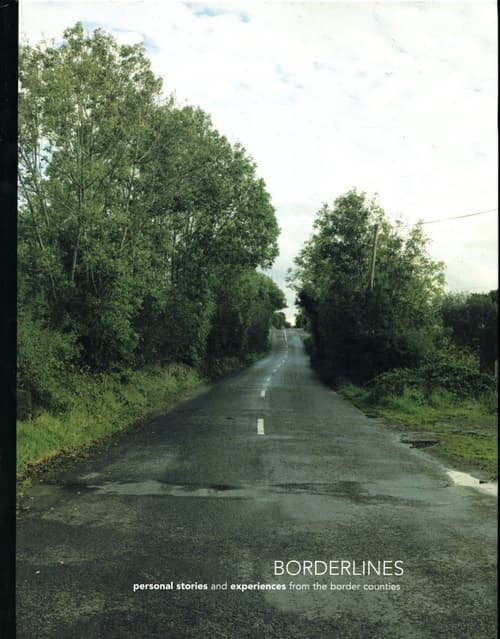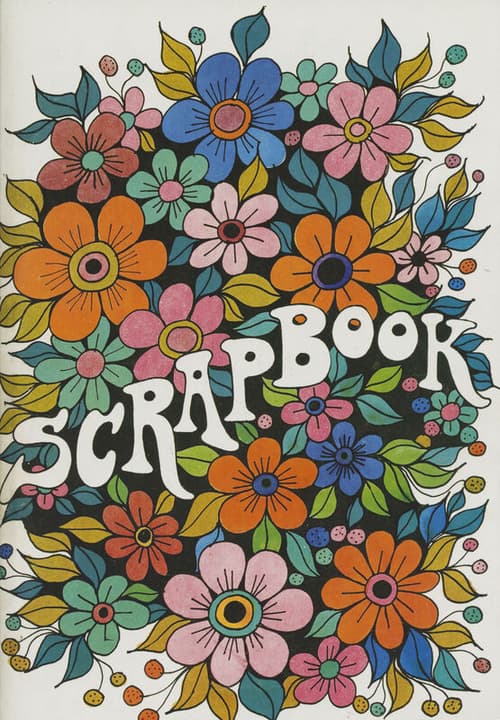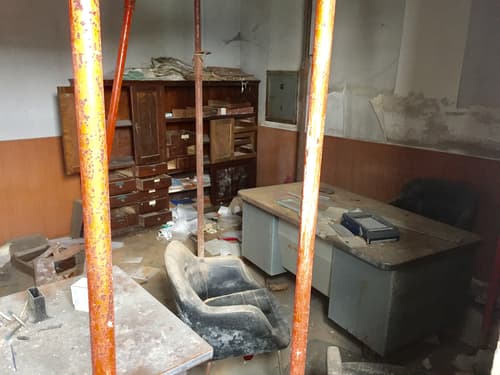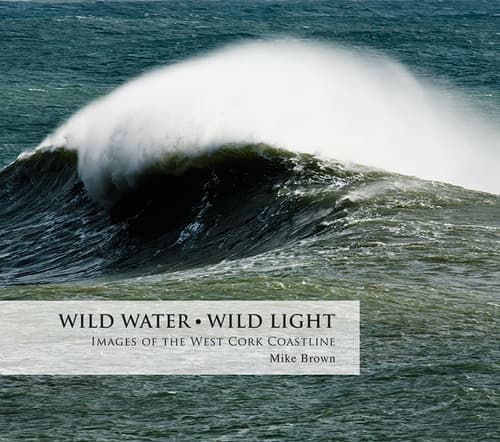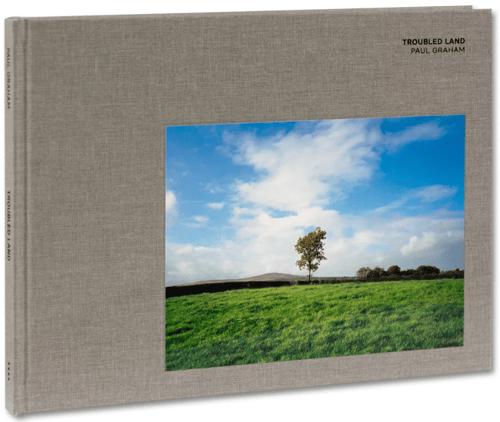Cafe Royal Books release weekly publications, focussing on post-war documentary photography linked to Britain and Ireland. This includes the work of photographers from all backgrounds, the widely known, the unseen and the underrepresented. Much of the work published, regardless of the maker, is previously unpublished. Each book focuses on a single body of work, and each book is part of the larger, extensive series. As a series they provide a valuable resource into cultural and social shifts in Britain and Ireland. So far there are over 500 books in the series, subjects are wide and varied and include folk customs, protest, mining and industry, general documentation of a place or city, architectural change, music culture, politics and religion.
Café Royal Books (founded 2005) is an independent publisher based in the North West of England.
All books are softcover, staple bound, 20 x 14 cm
30 years on from taking these photographs, a lot has changed, the Belfast and Good Friday Agreements, power sharing and a return to peaceful coexistence. However the pursuit of Brexit and the fantasy of a return to pre-colonial greatness gave the hard line members of the DUP an opportunity they could not resist. Those who pursued the Brexit project either were completely ignorant of politics and the history of Northern Ireland or they simply did not care that an equilibrium that had begun to exist could be sacrificed to their plan. The DUP threatening to collapse the executive over the Northern Ireland Protocol, the economy under severe strain and the Loyalist Communities Council, the body representing loyalist paramilitaries withdrew their support for the Good Friday Agreement. It doesn’t feel as if there is a lot to celebrate.
I am not a news photographer, there are many of my colleagues who have pursued that profession with much greater and success than I. Even though on occasion I had covered some news events, my concern has always been to document the often quiet and unreported insignificant moments that make up the day to day lived experiences of ordinary people living through extraordinary times.
The most visible aspect of Loyalist culture was typified by the July 12th celebrations and the days preceding them. These celebrations were to mark the victory of the Protestant King William of Orange (a Dutchman), over the Catholic King James at the Battle of the Boyne in 1690. For many loyalists it is seen as a critical part of their heritage and identity. It is also about a historical right to celebrate and march through areas now inhabited by Catholics, It is an excuse for a huge party, with neighbourhoods competing to build the largest bonfire with burning effigies atop, much drinking and marching with flute bands and beating of the large Lambeg drum reputedly used by the army of William of Orange. For those on the other side of the often invisible walls that separated to two traditions in Northern Ireland, these were provocative triumphalist displays often resulting in violence between the two communities and the police.
